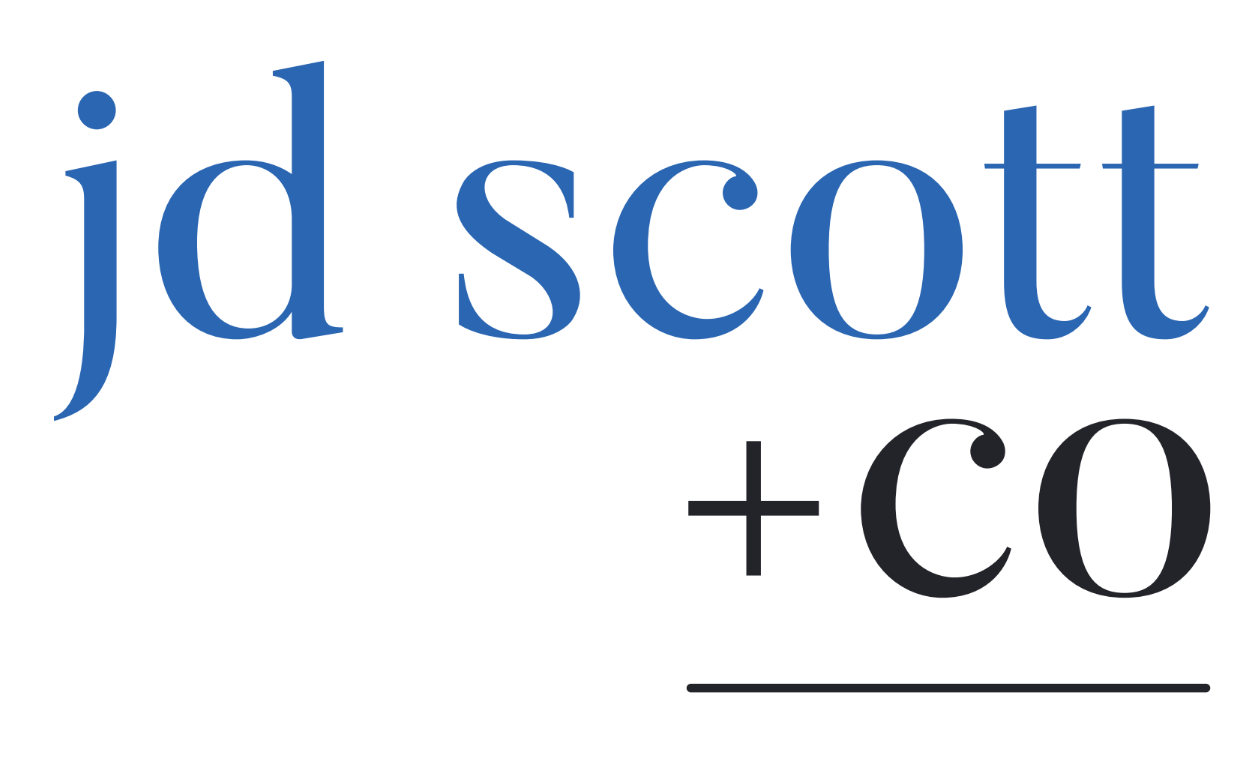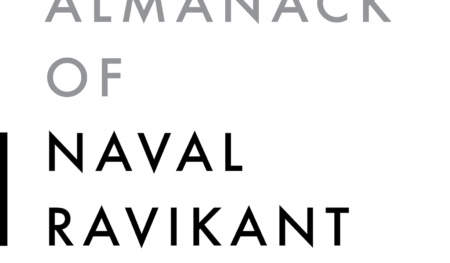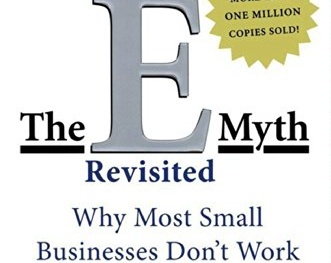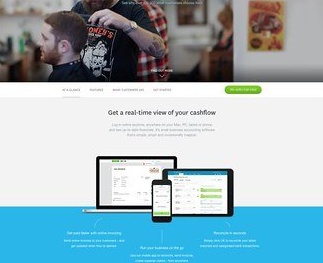What is Fringe Benefit Tax (FBT)? Research shows that employee benefits can be a great way to attract, motivate and retain employees. Whether its free massage services, laundry pick-up or discounted gym membership, the use of non-cash benefits is increasing. But employers in Australia planning to offer staff perks first need to think about the effects of FBT.
What is Fringe Benefits Tax?
Fringe Benefits Tax (abbreviated to FBT) is a tax paid by employers on any non-cash benefits provided to employees.
The concept seems straightforward. However, there are some complex rules for calculating the tax. There are also several different exemptions. Together, these rules make FBT a topic which often catches employers out.
When does Fringe Benefit Tax apply?
The starting point is to know what counts as a fringe benefit. According to the ATO, it includes any payment to an employee, other than in the form of salary. It also includes benefits provided to an employee’s family or associates.
FBT can even apply when the benefit is provided by a third party when arranged by the employer.
What are examples of taxable fringe benefits?
Another way to understand FBT better is to consider different benefits commonly provided by employers:
- A motor vehicle for private use.
- Car parking space.
- Low and zero interest loans.
- Payment of private expenses.
- Certain types of entertainment, such as meals or concert or event tickets.
- Gym and health club memberships.
Essentially anything you provide to an employee that is non-cash can be a fringe benefit. Hence the list could be very long!
What are the exemptions from Fringe Benefits Tax?
The FBT rules specify several items which are a fringe benefit – but which are exempt from the tax. Here are some common examples:
- Work-related items (such as a mobile, laptop or other device, software, protective clothing, tools or a briefcase).
- Child care (in certain circumstances).
- Minor and infrequent benefits (for example, a Christmas party costing less than $300 per person).
Each exemption has its own criteria. These will need to be satisfied before the exemption can be claimed. Finally, adding to the complexity, more generous rules can apply for small businesses.
You can see how providing fringe benefits can start to get complicated.
How do I calculate Fringe Benefits Tax?
FBT is currently applied at a rate of 47%, calculated using the value of the benefit being provided. The value of the fringe benefit provided can be tricky to calculate. In most instances it is the cost of the good or service. Give a top employee a holiday, it’s the cost of the holiday. However, there are numerous areas where the calculation of cost isn’t that simple. Contact us if you have any questions.
When calculating FBT, you’ll need to know that fringe benefits are split into two types:
- Benefits for which you claim a GST credit (“type 1 benefits”) – for example, providing a company car.
- Benefits for which you don’t claim a GST credit, because they were GST-free or input taxed (“type 2 benefits”) – for example, an employee share plan.
During the calculation, you will also have to “gross up” the value of benefits you provide. This means calculating the equivalent gross amount an employee would have to earn (at the highest marginal tax rate) if they wanted to pay for the benefit themself.
FBT calculation
Seven steps to calculating FBT
- Calculate
Calculate the taxable value of all fringe benefits you provide to employees. In most cases this is simply how much the benefit costs. Watch out for specific rules that cover specific fringe benefit types – for example, where a car is provided.
Split the amounts into those that you can claim a GST credit for and those that you can’t. - Add up
Add up the total taxable value of benefits for which you can claim a GST credit (type 1 benefits). - Multiply
Work out the grossed-up taxable value of these Type 1 benefits – multiply the total taxable value by the type 1 gross up rate (currently 2.0802). - Add up
Add up the total taxable value of benefits for which you cannot claim a GST credit (Type 2 benefits). - Multiply
Work out the grossed-up taxable value of these Type 2 benefits – multiply the total taxable value by the type 2 gross up rate (currently 1.8868). - Add totals in 3 and 5 together
Add the grossed-up amounts (from steps three and five). This is the total fringe benefits taxable amount. - Calculate FBT payable
Multiply the total Fringe Benefits Taxable amount (from step six) by the FBT rate (currently 47 percent). This is the total FBT amount you are liable to pay.
Watch out – the FBT gross up rates change every few years. Check the ATO’s website to make sure you’re using the right figure.
Fringe Benefit Tax Example
Assume you pay a staff member an annual salary of $100,000. You also provide a car – a benefit with a taxable value of $10,000 during the 2019/20 FBT year.
The $100,000 salary is taxed at the applicable PAYG withholding rate. You withhold the tax and pay it to the ATO. However, you also need to calculate how much FBT is payable on the car.
The $10,000 car benefit is taxed as follows:
| Taxable Value | $10,000 |
| Multiplied by Gross-up rate | x 2.0802 |
| Grossed-up taxable value | $20,802 |
| FBT Rate | 47% |
| FBT Payable | $9,777 |
FBT example
So, in this example, the total cost to the business to provide the car is the taxable value ($10,000) plus the FBT amount ($9,777). That’s a total of $19,777.
How do I lodge a FBT return?
If you provide a benefit, you’ll need to lodge an annual FBT return. The FBT year runs from 1 April to 31 March.
Check – does the pre-gross up taxable value of the fringe benefits provided to your employee exceed $2,000 within the FBT year?
If so, the grossed-up taxable value of those benefits must be included on the employee’s Payment Summary for the corresponding payroll financial year (1 July to 30 June). However, note some fringe benefits don’t need to be reported on payment summaries.
Remember too that employers can also claim an income tax deduction – for both the cost of providing the fringe benefit and for the FBT paid. This allows you to claim a tax deduction for items that might not usually be claimable. For example, if a car is provided for 100% private or domestic usage, you would not usually claim a tax deduction for that amount. However, paying FBT on it means the company can now claim a tax deduction.
Planning is the key
While you’re busy running your business, it’s easy to see how Fringe Benefit Tax can catch you out. If you need help understanding the impact of FBT on your business, contact us today.














